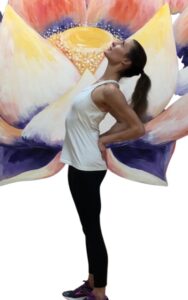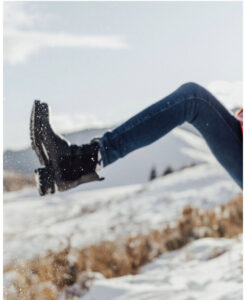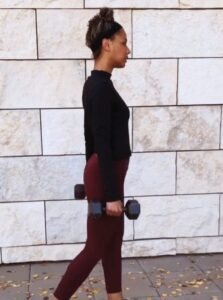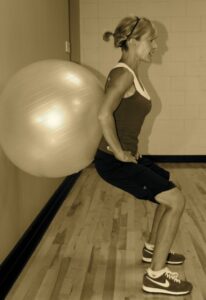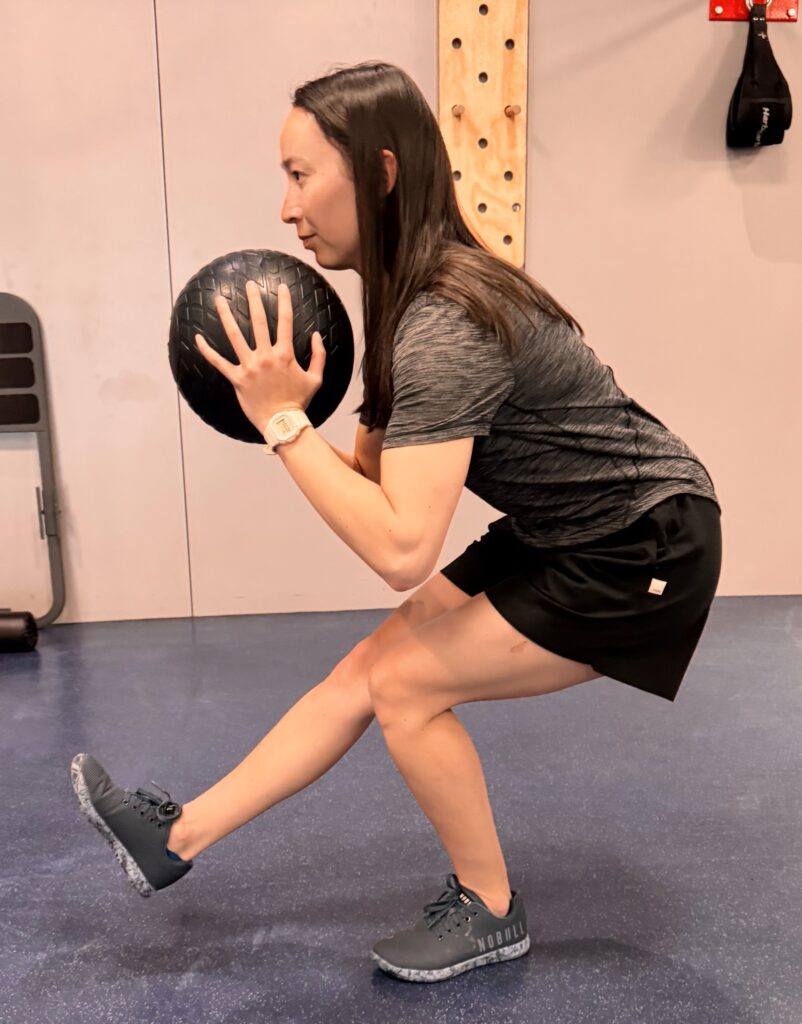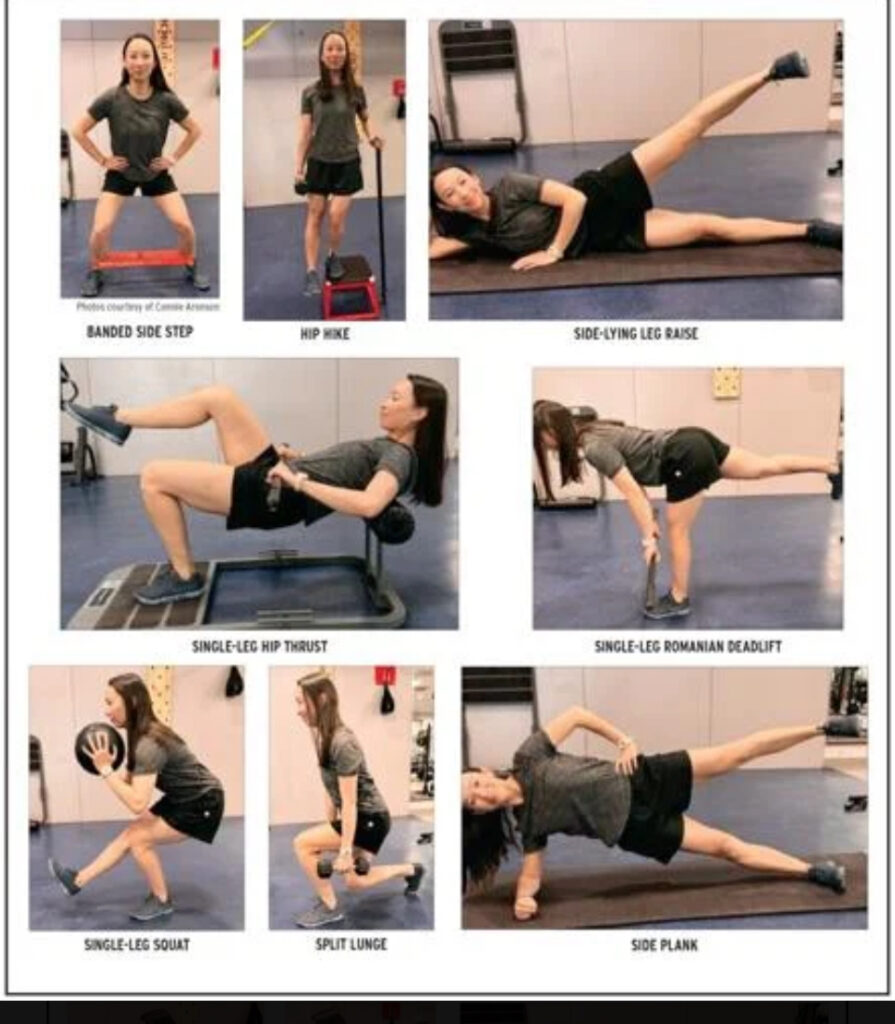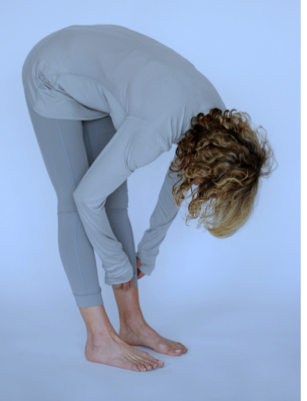
I learned to love the journey, not the destination.I learned that this is not a dress rehearsal, and that today is the only guarantee you get.-Anna Quindlen
Credit: SQNSport
About Me
I have been coaching and helping people improve their fitness for over three decades. My passion is to help you become stronger for activities you love, and to guide you towards your specific goals. If you have recurring muscle and joint pain, I can help you identify musculoskeletal imbalances that are either causing or contributing to your pain, so you can enjoy life to the fullest.
I work with top-level athletes in the sports-oriented town of Sun Valley, and regular amazing folks. I also know from experience the challenges we face when rebounding from injuries, surgeries or chronic conditions.
In 2004 I was struck with spondylolisthesis, a painful slipped disc in my lower back. I was living with chronic pain. After undergoing surgery to fix my back I continued to focus and expand my education on the lumbo-pelvic-hip complex, and how to manage and prevent back pain. Flash forward to the present, I am now a recognized Corrective Exercise Specialist in The BioMechanics Method ( TBMM-CES ).
Since 2000 I have also studied yoga with world-renowned yoga teachers, so if you train with me, you will surely do some yoga. Balance is huge for people over 40. So is the necessity of bringing together muscles and mind to move more efficiently, to relax when we need to relax, and to be powerful when power is needed. For example, have you ever noticed that a great skier’s upper body is always relaxed?
When you first begin working with me, you will undergo a comprehensive musculoskeletal assessment. Results from this assessment then guides us to understand what muscles and other soft tissue are contributing to your condition. Each program is designed specifically for your needs and goals. We’ll look at any musculoskeletal imbalances and design a corrective exercise program to help you move better, if that’s what you are more interested in. If your goal is weight loss, we incorporate full body moves with high metabolic cost, as I want your time working out to be maximized. Â Whether your goal is fat loss, feeling better, or returning to your favorite sport, I will bring abundant enthusiasm and the best programming to design your workout. ( If you train with me I can guarantee you that you will not be sore on the first day of ski season.)
As a former junior ski racer, my greatest passion skiing. I love to run, bike, practice yoga, and rock climb, taking me to the cliffs of the Greek Islands, Sardinia, Italy, Spain, Mexico and Thailand. Hiking with our Golden Retriever, Izzy, is also high on my list of things I love to do.
Here is a list of my credentials:
- Corrective Exercise Specialist in The Biomechanics Method ( TBMM-CES ), the industry’s highest-rated CES credential.
- American College of Sports Medicine ( ACSM )Â Certified Exercise PhysiologistÂ
- American Council on Exercise (gold level)
- Cooper Institute for Aerobics Research
- Active Isolated Strengthening Therapist (a method of fascia release used to facilitate stretching)
-  International Dance Exercise Association Elite Level Personal Trainer ( the highest level of achievement in the personal fitness training industry)
- TRX Suspension training coach.
- Author of the Essential Core Poster ( click on link front page ! )
- 30 year author of a popular monthly health and fitness column ” Fitness Guru ” for the Idaho Mountain Express
- Yoga training with www.judithlasater.com, www.seanecorn.com, and www.erich schiffman.com
- YMCA Group Exercise Leader





